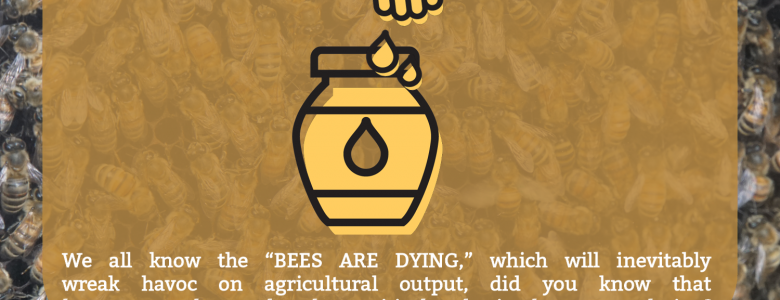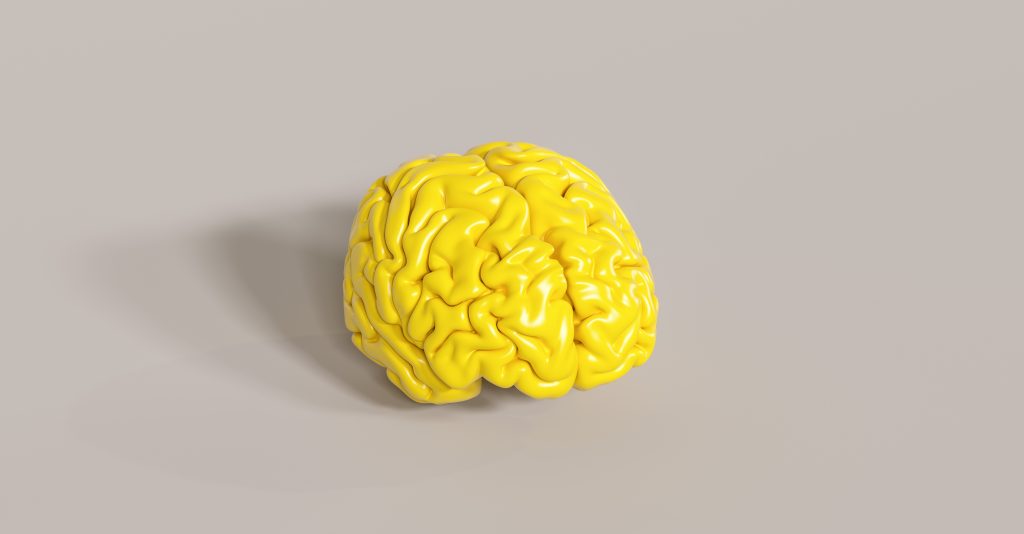September 2, 2020
September is National Honey Month

By: burgundy bug
September is National Honey Month
Source: The Burgundy Zine
As sunflowers put on a show for us this month, it’s also important to pay homage to another black and yellow marvel of nature: bees.
September is National Honey Month, a time in which we honor the byproduct of the five-eyed, six-legged, insects that have soared through our skies at 20mph for the last 30 million years.
Bee pollination adds approximately 14 billion dollars to improved crop yield and quality annually in the United States, according to NASA. And while we all know the “BEES ARE DYING,” which will inevitably wreak havoc on agricultural output, did you know that honey may have played a critical role in human evolution?
Our love for and codependency on bees dates much farther back than many of us realize. According to a 2011 article in the Food and Foodways Journal, honey and bee larvae consumption likely provided “significant amounts of energy, supplementing meat and plant foods” for early humans.
Of all the fruits, vegetables, cattle, and fish, honey is one of the most energy-dense foods in natures — it’s loaded with sugar (fructose and glucose), carbohydrates, vitamins, and minerals.
Consuming bee larvae and other members of the hive provides vital micronutrients, including protein, fat, carbohydrates, vitamins, and other minerals, as well.
Wild honey also contains higher concentrations of protein and fat, as it still has traces of bee larvae that commercial honey cleans out.
While the theory is nutritionally sound, it also holds up on an archaeological level. Various depictions of honey and bees dating as far back as 40,000 years ago exist in Spain, India, Australia, and South Africa.
“The most abundant rock representations of honey related activities in Europe are found in Spain,” the study says. “Paintings in a side chamber of the Altamira cave dated roughly 25,000 years ago depict honeycomb, bees, and honey collection ladders.”
It’s not like it’s simply a rock painting here or there. The fact that such artwork exists bountifully across multiple continents and cultures illustrates the importance of honey and bees in the daily life as well as diet of our ancestors.
We’re not the only primates to consume honey, either. Baboons, macaques, gorillas, and orangutans regularly seek out hives and indulge in the sweet, syrupy, golden fruits of bee labor.
Perhaps what’s more intriguing is the tools chimpanzees often employ to harvest honey. While baboons dive right in with their hands and muzzles, orangutans and other chimpanzees utilize probes made of vegetation and sticks.
More Honey = More Brains
Yellow anatomical model of the human brain
Source: Adobe Stock
Despite only accounting for two percent of the body’s weight, the brain accounts for roughly 20 percent of the body’s energy consumption, says a 2002 Proceedings of the National Academy of Sciences review.
Needless to say, such expansion would require a lot of energy from early humans. That is, humans that didn’t have access to as many resources with nearly as much ease as we do today.
So… how’d they pull it off? The answer may very well bee in honey.
About 1.5 million to 2 million years ago, early members of the homo genus were the first to show signs of increasing brain sizes.
Not only does this coincide with the appearance of hive harvesting tools, “but also with the reduction in the size of molar dentition, indicating hominins were consuming foods that required much less mechanical breakdown, i.e., chewing,” the Food and Foodways article explains.
“The enlarging hominin brain would have greatly benefited from the energy provided by even a modest amount of honey,” the article continues. “Glucose plays a vital role in meeting high metabolic requirements of neural development and function.”
“The ability to find and exploit beehives with stone tools may have been an innovation that allowed early hominins to nutritionally outcompete other species and may have been a crucial energy source to help fuel the enlarging hominin brain.”
THE IMPORTANCE OF HONEY CONSUMPTION IN HUMAN EVOLUTION | FOOD AND FOODWAYS
Still buzzing over our fuzzy friends? Don’t worry there, honey. Conservation biologist and author Thor Hanson has you covered.
For a more comprehensive exploration of bees, their beauty, as well as their roles in the environment and anthropology, we highly recommend reading Hanson’s book, “Buzz.”
Interested in having content featured in an upcoming blog post or issue of The Burgundy Zine? Head on over to the submissions page!
For all other inquiries, please fulfill a contact form.



